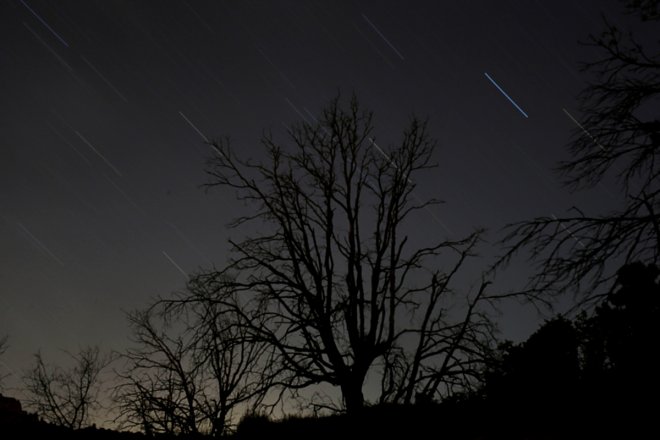
There is good news for stargazers! The annual Perseid meteor shower is already upon us and is set to peak this week.
The Perseids meteor shower, which comes from the constellation Perseus, is a celestial event that happens once a year when Earth passes through a path of dust and debris created by Comet Swift-Tuttle. This year, the meteors will peak on August 12.
Many reports were making round that this will be the brightest meteor shower in human history. However, NASA meteor expert Bill Cooke has denied such rumours. He said: "For one thing, the Perseids never reach storm levels (thousands of meteors per hour). At best, they outburst from a normal rate between 80-100 meteors per hour to a few hundred per hour. The best Perseid performance of which we are aware occurred back in 1993, when the peak Perseid rate topped 300 meteors per hour. Last year also saw an outburst of just over 200 meteors per hour."
"This year, we are expecting enhanced rates of about 150 per hour or so, but the increased number will be cancelled out by the bright Moon, the light of which will wash out the fainter Perseids. A meteor every couple of minutes is good, and certainly worth going outside to look, but it is hardly the 'brightest shower in human history.'"
For astronomy fans wanting to see the meteor shower in the comfort of their own home, the Slooh Observatory will be hosting a live stream. The network will air the richest starry nights of shower starting on August 12, 2017 8:00PM EDT via live stream.









